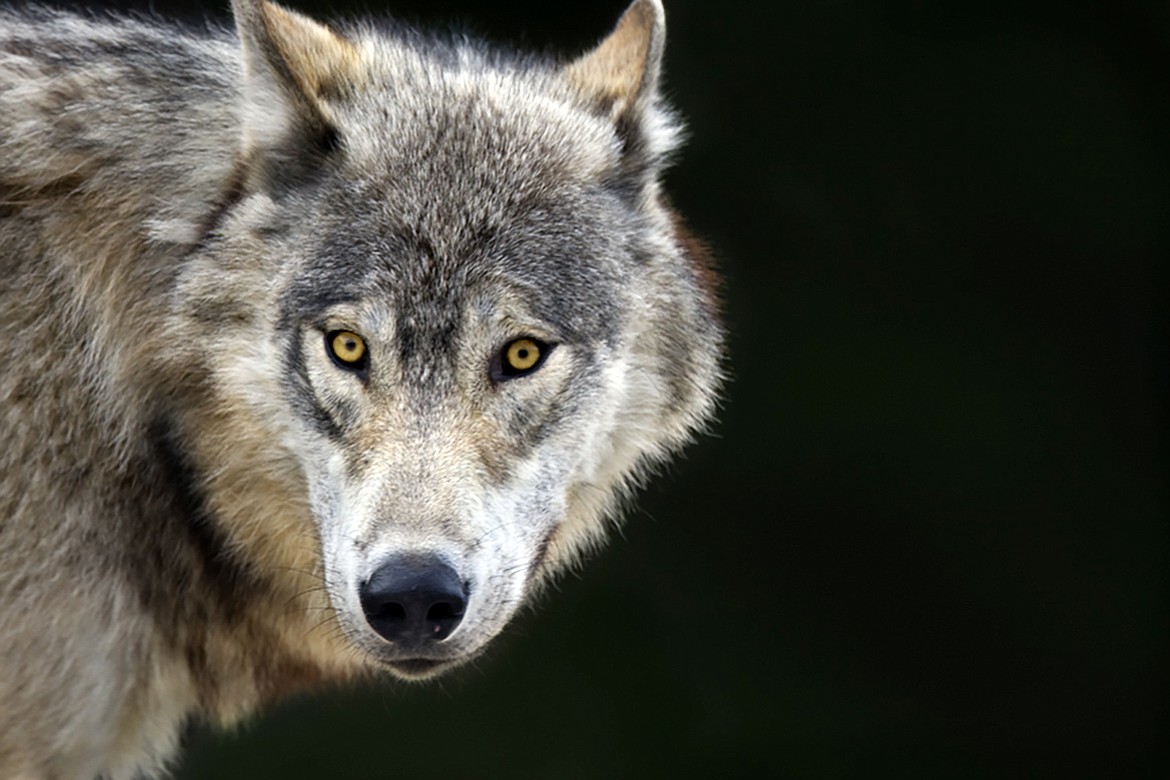Groups go to court to get wolves relisted in Montana, Idaho and Wyoming
A prediction, several years in the making, came true on Monday when an alliance of nearly a dozen conservation groups filed suit against the United States Fish and Wildlife Service and the Bureau of Land Management, seeking to restore protections for gray wolves in Montana, Idaho, and Wyoming arguing that the states’ aggressive hunting policies imperils the populations.
Both Montana and Idaho were warned by conservation groups and public testimony that the aggressive hunting policies both states adopted, which were similar, would trigger lawsuits, and possibly result in the federal government reassuming wolf management, instead of allowing both states to manage the wolf population.
Undeterred by the criticism, both Montana and Idaho legislatures, controlled by a supermajority of Republicans, loosened hunting restrictions and the wolf populations in both states started a more rapid decline, alarming wildlife conservation groups.
Support Local News
You have read all of your free articles this month. Select a plan below to start your subscription today.
Already a subscriber? Login
Daily Inter Lake - everything
Print delivery, e-edition and unlimited website access
- $26.24 per month
Daily Inter Lake - unlimited website access
- $9.95 per month

